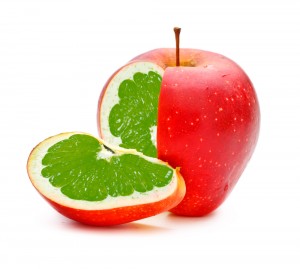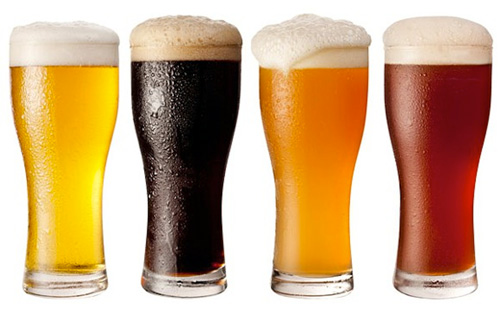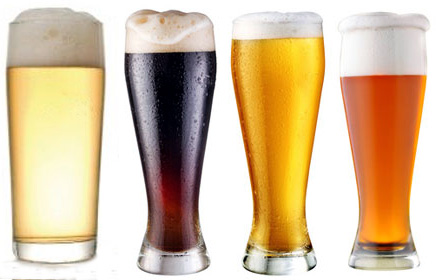See the little nuclei
Bursting full of information
There’s a need to regulate
Bring it down to cells and plasma
Tell you what they’re gonna do
Started doing it already
Got to find something new
Looking for it in genetix
Found a new game to play
Think it’s impossible to lose
Messing round at playing God
Easy way to play genetix
Stranglers, Genetix, from the album Raven
There’s nothing like a good Stranglers tune to warm the heart of an old punk/beergeek. Which brings me to an interesting article from the New York Times, Strange Brews: the Genes of Craft Beer.
White Labs, an important supplier of yeast to both the craft and the homebrew market, is engaging in an amazing effort to sequence the DNA of brewing yeast. Currently they’re at 240 strains, but there are thousands out there to go. They’re partnered with a biotech lab that’s a joint venture between the Flanders Institute for Biotechnology and the University of Leuven, Belgium.
So why sequence the yeast? After all, it’s one of the best-understood and most-studied organisms on the planet. From the Times article:
By getting a line-by-line reading of the 12 million molecules that make up the DNA of each yeast, Dr. Verstrepen said, the researchers will be able not only to tell how closely related two yeasts are (is Sam Adams’s closer to Stone’s, or Sierra Nevada’s?) but to answer other important questions: which breweries started with the same strains of yeasts, how these organisms evolved over time and, of course, how all of it translates to taste.
“Yeasts can make over 500 flavor and aroma compounds,” said Chris White, the founder of White Labs, affecting a beer’s alcohol level, clarity and texture. But while brewing yeast is one of the best-studied organisms in molecular and cell biology, exactly how its genes translate to brewing properties is still poorly understood.
By comparing the DNA of hundreds of yeasts, along with information on how they act and brew differently, “we’ll have a unique window into the genetic code,” said Mr. Prahl, who is leading the experiment at White Labs. He is comparing each yeast’s sequencing information with brewing data on more than 2,000 batches of beer — including the four he was tasting.
This is super-cool. When I started making my own beer three and half decades ago, there were maybe five strains of yeast available. Not much changed for decades, but as homebrewers evolved into craft brewers, the demand for new strains, and pure strains increased, until today we have hundreds of distinct and different yeast to choose from.
Yeast is responsible for more that 70% of the flavour in beer–you can produce a batch of wort (the word for unfermented beer), split it into ten lots, ferment each lot with a different strain of yeast, and at tasting time you’d swear each one was completely different beer, from different brews. By learning the specific genes that control flavour and aroma production, and crossing yeast to maximise desirable characteristics, they’re going to be able to manufacture yeast that not only make fabulous tasting beer, but also yeast that are less environmentally demanding, more stable and easier to use/more flocculant/better fermenting, etc.

Of course, the idea that these yeast are being genetically manipulated rears it’s (block)head. For anyone who’s worried about that, it’s a non-issue. Using multiple yeast strains and sticking with the best ones has been going on for centuries, long before Pasteur came up with the germ theory of fermentation (only 150 years ago they didn’t know what yeast was: they referred to the action of fermentation as an act of god, and the middle-English used to call yeast froth ‘godisgoode’). And since they’re only working with yeast and yeast, it’s not a transgenic organism, merely an improved version–kind of like me after my morning coffee.
I for one am stoked about the whole process. We’re learning new things about the yeast we currently use, we’re going to be able to get more utility out of new strains, and the beer will be better than ever. I can’t wait to talk to Chris and his team to find out what’s coming down the pike for us homebrewers.
I bet it’s going to be great.















